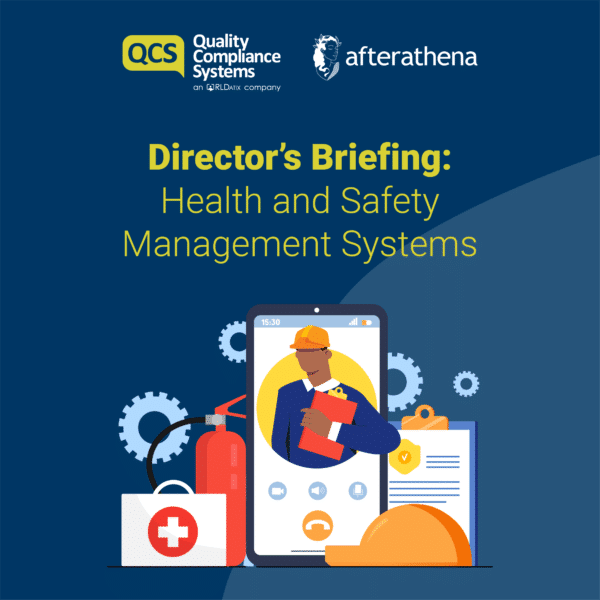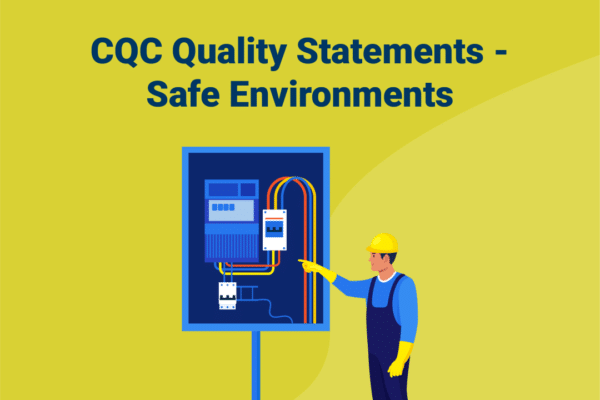Download our monthly H&S review for April on ‘Director’s Briefing – Health and Safety Management Systems’ from our partner, AfterAthena, here
DOWNLOAD NOW
Alternatively, read it here:
Taking a responsible approach to health and safety management not only reduces the risk of injury, ill-health and accidents, but can bring significant business benefits to an organisation. However, some organisations still fail to manage their health and safety effectively.
Statistics published by the UK Health and Safety Executive (HSE) reveal that during 2022-2023:
- 35.2 million days were lost due to workplace injuries and work-related ill health
- 135 workers were killed at work
- 561,000 workers sustained a non-fatal injury (according to a Labour Force Survey)
- 1.8 million workers reported suffering from workrelated ill health (new or long-standing)
- 0.9 million workers suffered from workplacerelated stress, depres¬sion, or anxiety (new or longstanding)
In addition to the risk of breaches in legislation, fines, loss of productivity, and prosecutions, organisations also face the risk of rising operating costs, insurance premiums, civil litigation and adverse publicity.
A Health and Safety Management System (HSMS) promotes a safe and healthy working environment. It can help an organisation to manage staff-related risks to health and safety in the workplace, enabling greater control over insurance costs and delivering improved performance.
Your legal duties
Health and Safety at Work etc Act 1974
Place a duty on employers to protect the health, safety and welfare of their employees and other people who might be affected by their business.
The Management of Health and Safety at Work Regulations 1999
Require employers to develop and implement appropriate arrangements for effective planning, organisation control, monitoring and review of preventative measures.
The Corporate Manslaughter and Corporate Homicide Act 2007
Enables a corporate organisation to be prosecuted for corporate manslaughter where a person’s death is caused as a result of the organisation falling far short of the standard that can be reasonably expected. In order to be prosecuted, it must be demonstrated that a substantial element of the breach was due to the failure of the senior management of the organisation. An effective health and safety management system, properly implemented, is a good way of demonstrating that the organisation’s senior management have an effective system for managing health and safety.
Employers must do whatever is reasonably practicable to ensure the health and safety of their employees and those affected by their activities. This means making sure workers and others are protected, to the extent that is reasonable and possible, from anything that may cause harm, effectively controlling any risks to injury or health that could arise in the workplace.
Health and safety Management System Standards
ISO45001
Published in 2018, International Organisation for Standardisation (ISO) 45001 is the current international certifiable standard for occupational health and safety management. ISO45001 brings occupational health and safety (OH&S) management and continual improvement into the core of an organisation and focuses on improving OH&S performance and processes
HSG 65 (UK recognition only):
- UK HSE (Health and Safety Executive) guidance aims to provide guidance and advice on good practice in health and safety management. This guidance was revised and reissued in 2013
- It explains how great the human and organisational losses can be when health and safety risks are not properly controlled
- It raises the importance of related issues including leadership, employee involvement and other aspects that are often grouped under the heading of health and safety “culture”
- HSG 65 is well known for describing the “Plan, Do, Check, Act” model for managing health and safety






